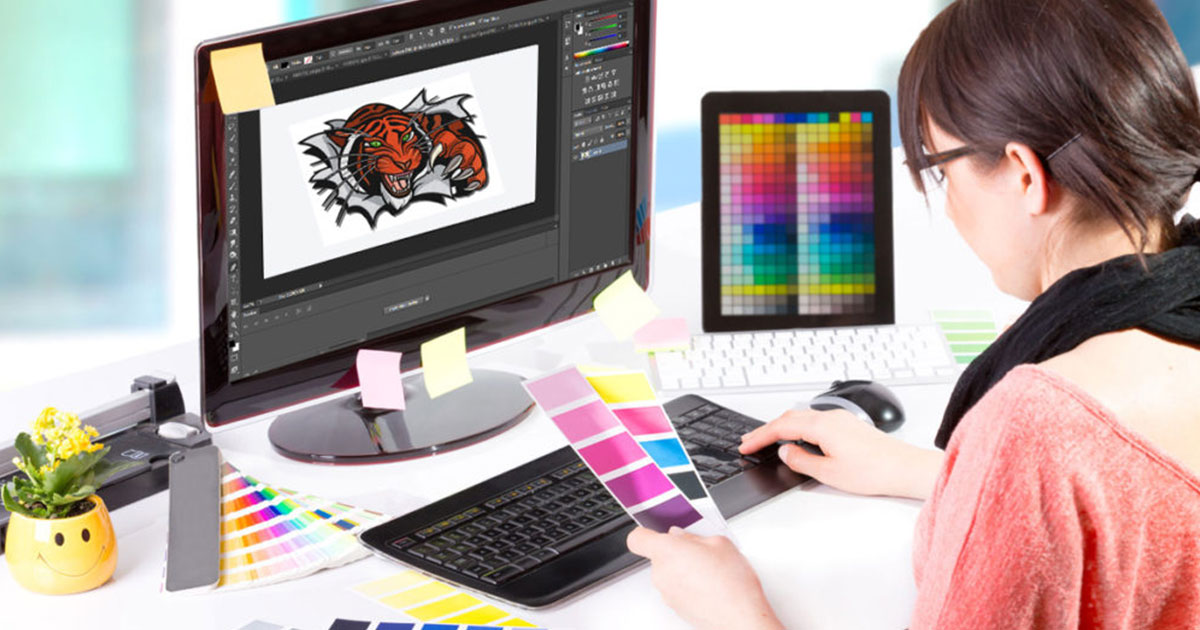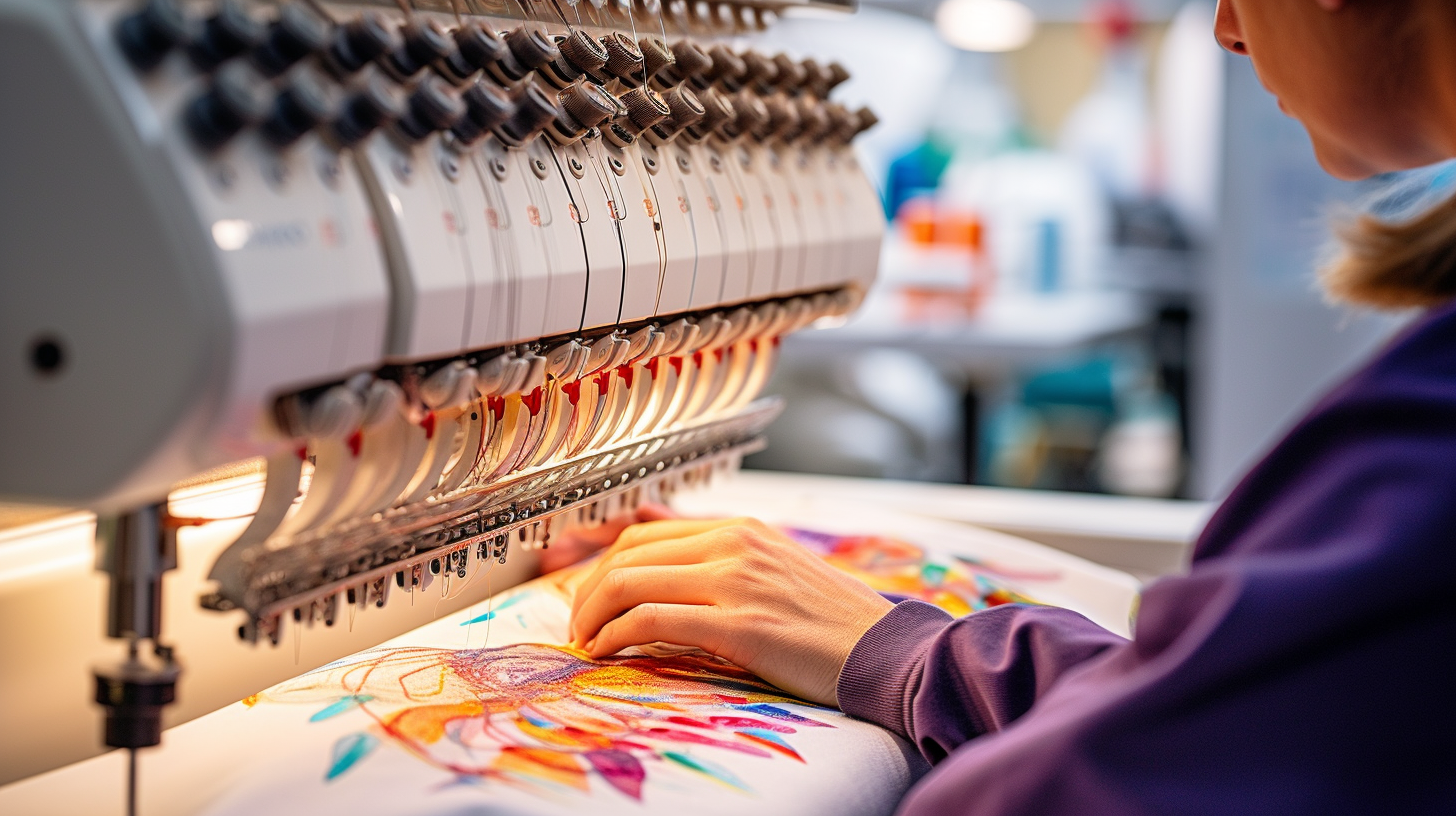Mastering the Needlework Digitizing Process: Your Ultimate Guide
Embroidery digitizing is a meticulous craft that needs accuracy and competence to convert intricate designs into digital formats for equipment needlework. As artisans start this journey to grasp the embroidery digitizing process, an extensive understanding of the essentials sets the structure for quality. Past the simple understanding exists a world of advanced software, specialized devices, and nuanced methods waiting to be explored. By diving right into the nuances of digitizing, one can open a world of creative opportunities and elevate their embroidery projects to brand-new elevations.

Understanding Embroidery Digitizing Fundamentals
Needlework digitizing fundamentals form the foundation upon which intricate styles are translated right into machine-readable formats for accurate stitching. This first step in the embroidery digitizing procedure is important for making certain that the final stitched product is a faithful representation of the original style. Understanding embroidery digitizing fundamentals entails realizing crucial principles such as stitch kinds, stitch direction, density, rug, and pull compensation.
Sew kinds play a crucial function in figuring out the aesthetic and textural outcome of the stitched layout. By choosing the appropriate stitch kind, whether it be satin, fill, or running stitch, digitizers can attain the preferred result and improve the general top quality of the needlework. In addition, stitch direction affects the circulation and dimension of the design, while thickness determines the spacing and coverage of the stitches.
Furthermore, padding stitching offers security to the style by securing the textile and protecting against distortion throughout the embroidery procedure. Draw compensation is one more vital consideration to combat the all-natural tendency of fabric to agreement when sewn. Understanding these embroidery digitizing essentials is essential for developing professional-quality embroidered items.
Picking the Right Digitizing Software
Selecting the ideal digitizing software is a crucial choice that considerably influences the performance and quality of the needlework digitizing procedure. Digitizing for Embroidery. When choosing the appropriate digitizing software program, it is important to take into consideration factors such as the complexity of layouts you prepare to create, the user-friendliness of the software program, the degree of consumer assistance used, and the compatibility with your embroidery equipment
There are various digitizing software choices available in the market, ranging from fundamental programs for newbies to advanced software for expert digitizers. Some popular choices consist of Wilcom EmbroideryStudio, Hatch Needlework Software Application, and PulseID. These software application packages use a vast array of tools and functions to aid you create detailed designs easily.
Prior to making a decision, it is recommended to check out the different software program options via free trials or trials to determine which one finest suits your needs. In addition, reading reviews and seeking recommendations from knowledgeable digitizers can supply important insights into the toughness and weaknesses of each software (Digitizing for Embroidery). By meticulously evaluating your needs and contrasting the features of various digitizing software program, you can make an educated option that enhances your embroidery digitizing workflow
Digitizing Devices and Strategies

Optimizing Layout Settings for Needlework
Grasping the intricacies of layout setups is essential in attaining optimum cause the needlework digitizing process, structure upon the foundation laid by understanding digitizing devices and methods. When enhancing style settings for needlework, it is crucial to think about factors such as stitch type, density, rug, pull compensation, and enrollment. Stitch kind option influences the overall feel and look of the style, with alternatives like satin, fill, and running stitches using various appearances and effects. Thickness describes the spacing and thickness of stitches, affecting the design's insurance coverage and durability. Appropriate rug stitching gives security and stops textile distortion, specifically for complex layouts or on elastic materials. Draw compensation changes for fabric stretch during stitching, making sure precise style replication. Enrollment settings line up various aspects of the layout precisely, maintaining overall layout stability. By fine-tuning these design setups, embroiderers can improve the top quality and precision of their stitched productions.

Troubleshooting Common Digitizing Issues
When experiencing usual digitizing problems during the needlework procedure, it is essential to recognize the source and execute reliable options promptly. One usual problem is stitch density problems, where stitches may be also dense, creating the material to pucker, or too sporadic, leading to gaps in the design. Readjusting the stitch thickness setups in the digitizing software program can help settle this issue.
An additional frequent difficulty is string breaks during the embroidery process. This can take place due to various factors such as inaccurate tension setups, boring needles, or making use of low-quality string. Ensuring appropriate upkeep of the embroidery maker, including normal he said needle modifications and stress modifications, can minimize the event of thread breaks.
Additionally, style enrollment mistakes can result in misaligned aspects within the embroidery style. Inspecting the style alignment in the digitizing software and making necessary adjustments prior to stitching can assist in preventing this problem. By attending to these common digitizing issues quickly and properly, you can guarantee a smoother needlework process and premium completed items.
Conclusion
Finally, understanding the needlework digitizing procedure calls for a strong understanding of the basics, the ideal option of software program, and knowledge of devices and techniques. Optimizing design settings and fixing common digitizing issues are important actions in ensuring high-grade needlework outcomes. By following these actions diligently, one can attain precision and performance in the digitizing process.